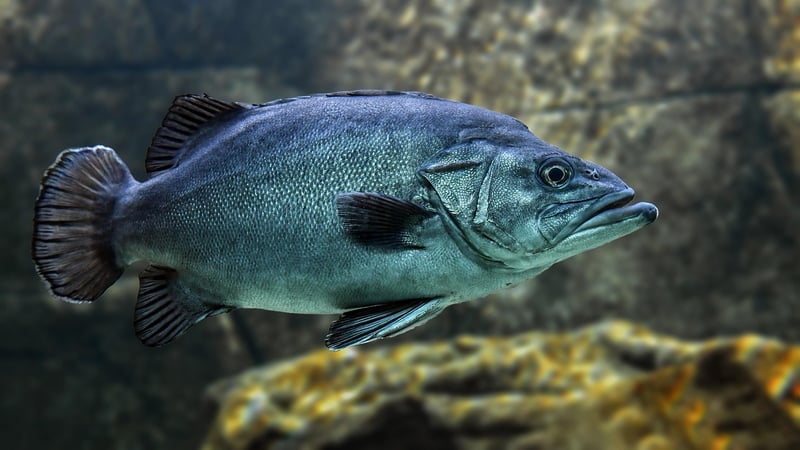Composition Rules
Enhance Your Underwater Shots: Composition Rules
Underwater photography is a mesmerizing art form that requires a unique set of skills and techniques to capture the beauty of the underwater world. Whether you are a beginner or a seasoned underwater photographer, understanding composition rules can greatly enhance the quality of your shots. By following these guidelines, you can create stunning underwater images that will leave a lasting impression.
1. Rule of Thirds
The rule of thirds is a fundamental principle in photography that can be applied to underwater shots as well. Imagine dividing your frame into nine equal parts with two horizontal and two vertical lines. Place key elements of your composition along these lines or at their intersections to create a more dynamic and visually appealing image.
2. Leading Lines
Use natural lines in the underwater environment such as coral reefs, rock formations, or marine life to lead the viewer's eye through the frame. Leading lines add depth and dimension to your photos, guiding the viewer's gaze to the main subject or focal point of the image.
3. Negative Space
Don't overcrowd your underwater shots with too many elements. Embrace negative space to give your main subject room to breathe and create a sense of balance in the composition. Negative space can help draw attention to the subject and evoke a feeling of tranquility in the image.
4. Color and Contrast
Underwater photography often involves vibrant colors and unique lighting conditions. Pay attention to color contrasts and how different hues interact with each other underwater. Use natural light, artificial lighting, or filters to enhance the colors in your photos and make them more visually striking.
5. Perspective and Depth
Experiment with different angles and perspectives to add depth to your underwater shots. Get close to your subject to capture details and textures, or shoot from a distance to show the vastness of the underwater landscape. Incorporating foreground elements can also create a sense of depth and dimension in your images.
6. Patience and Practice
Like any form of photography, mastering underwater composition takes time, patience, and practice. Don't be afraid to experiment with different techniques, camera settings, and compositions to find your unique style. Learn from your mistakes and keep refining your skills to capture breathtaking underwater images.

Embrace the beauty and challenges of underwater photography by incorporating these composition rules into your workflow. Remember to stay curious, explore new underwater environments, and always be mindful of marine life and conservation efforts while capturing stunning images beneath the surface.
Happy shooting!
